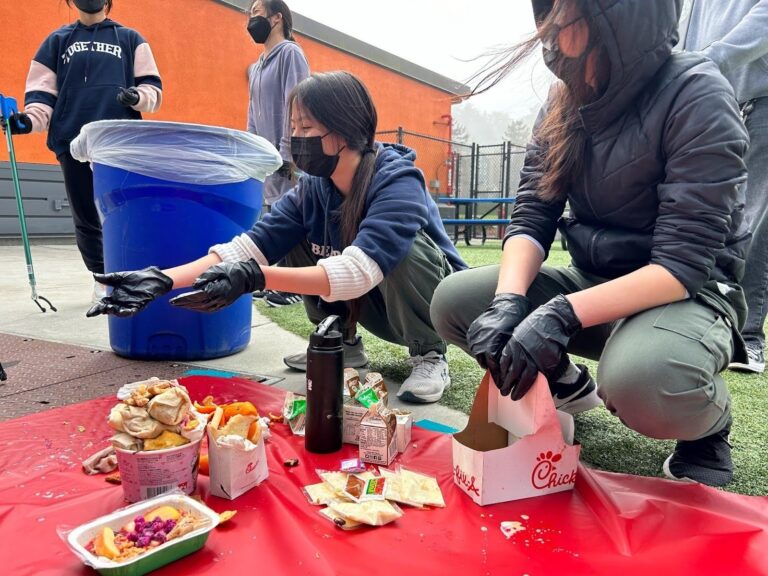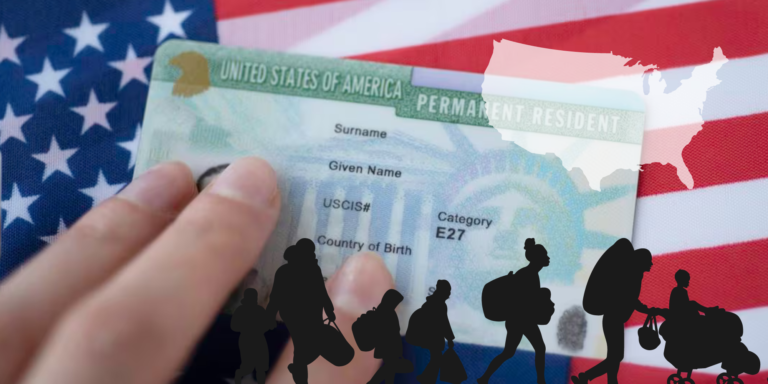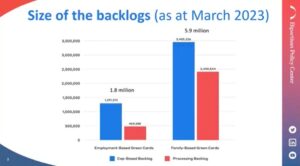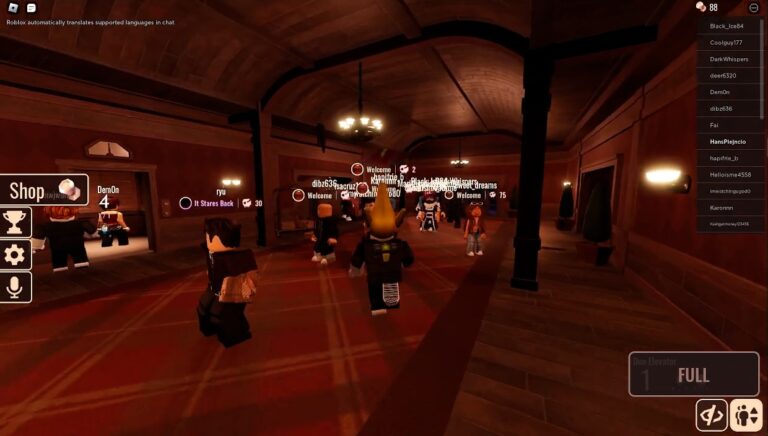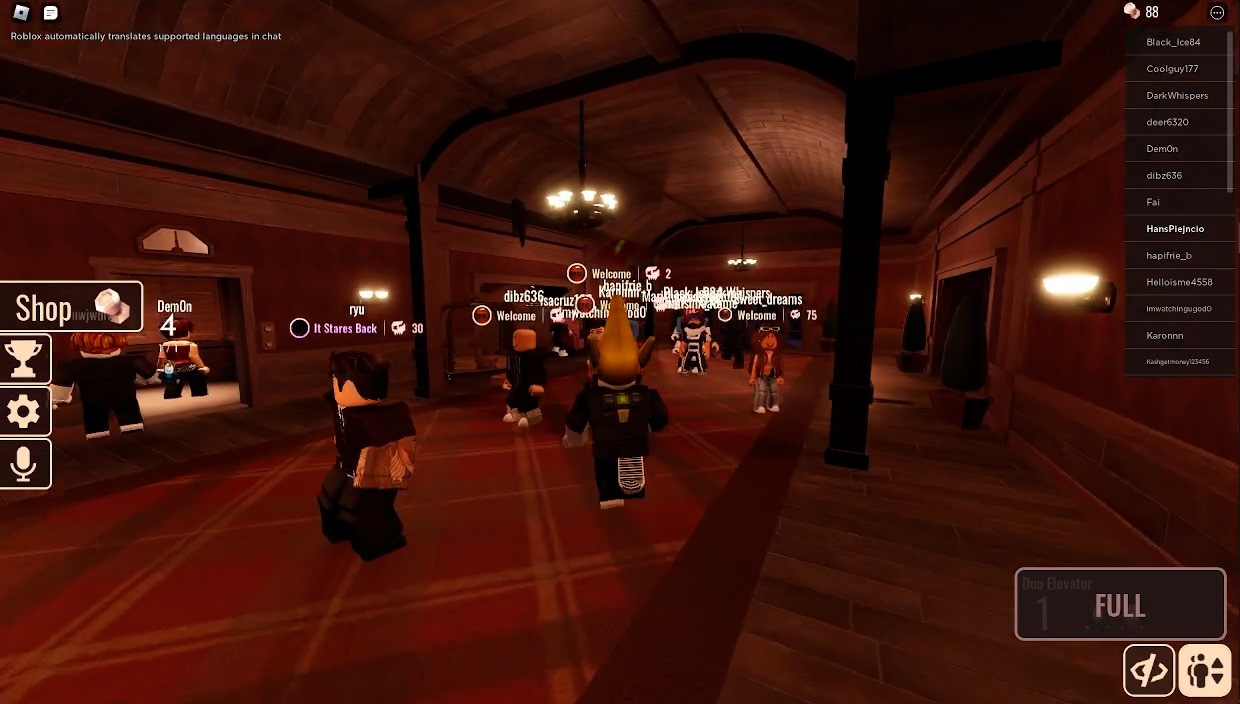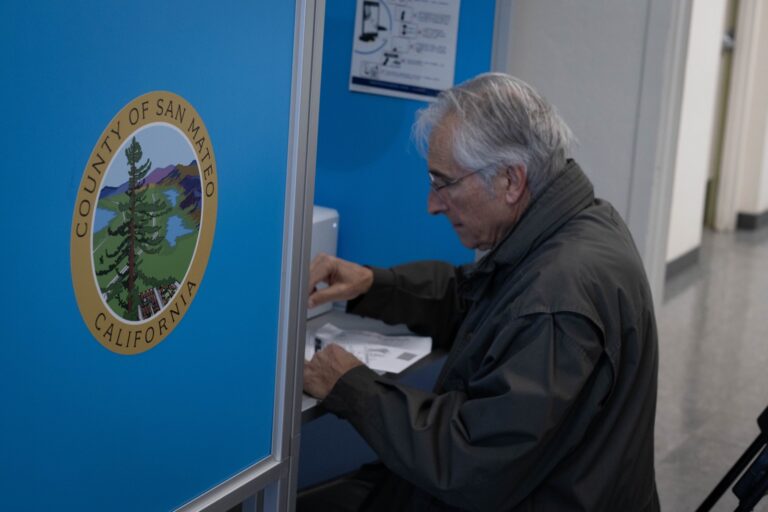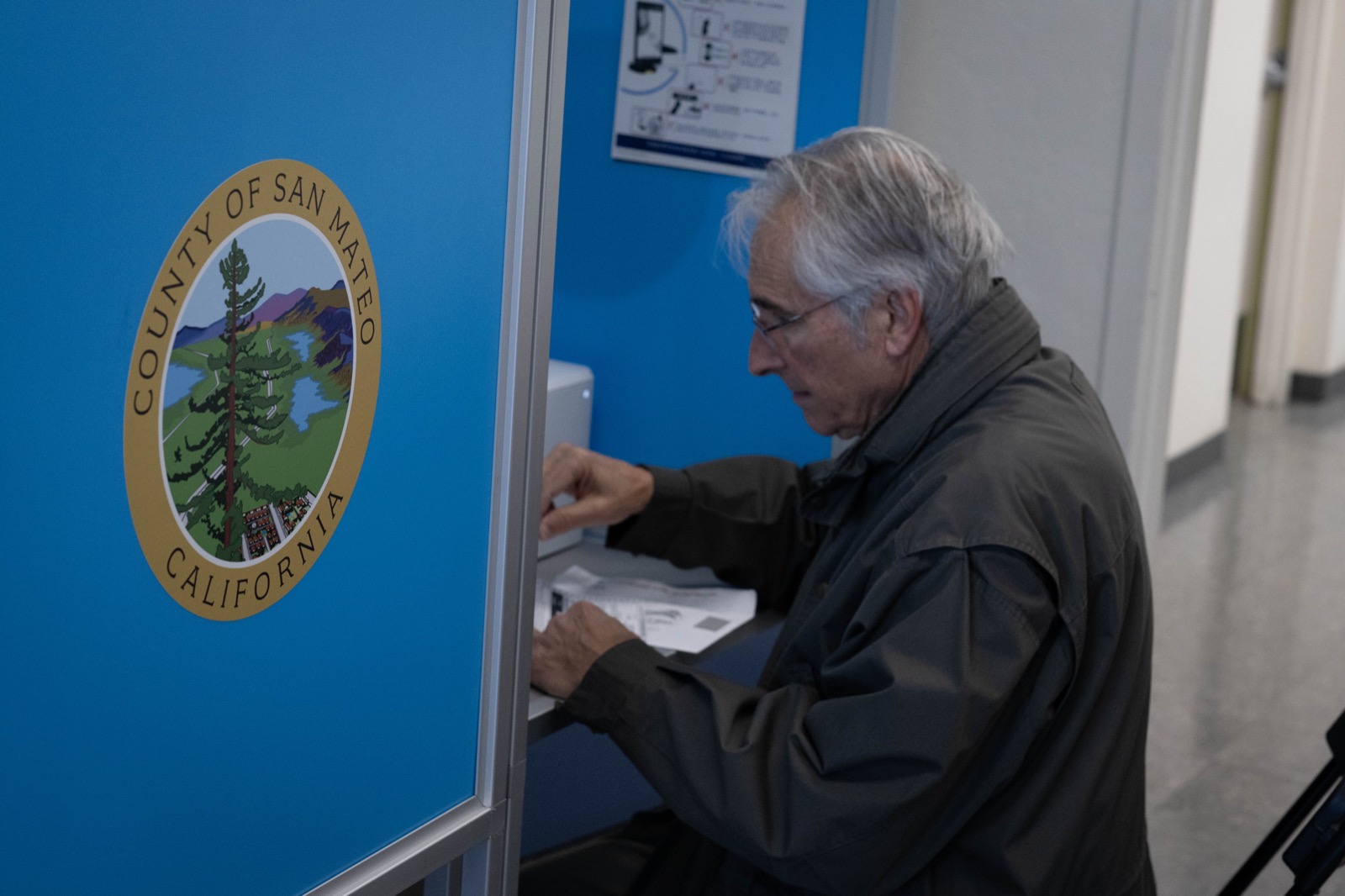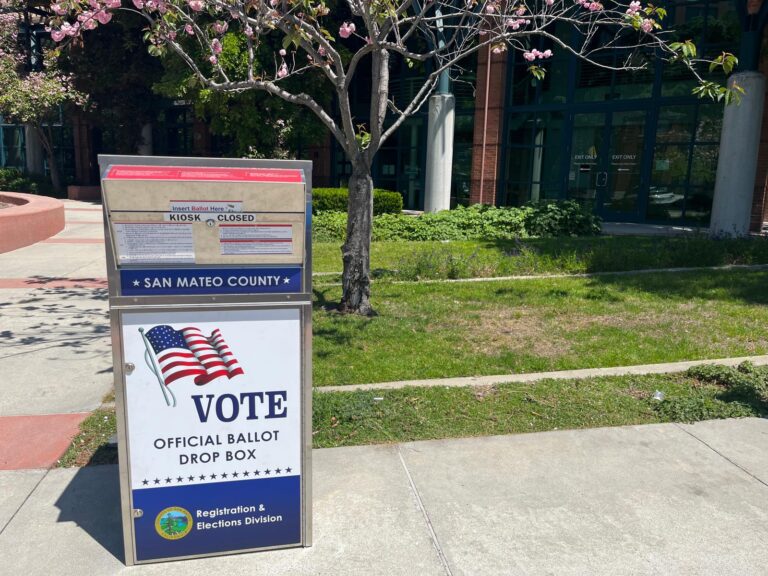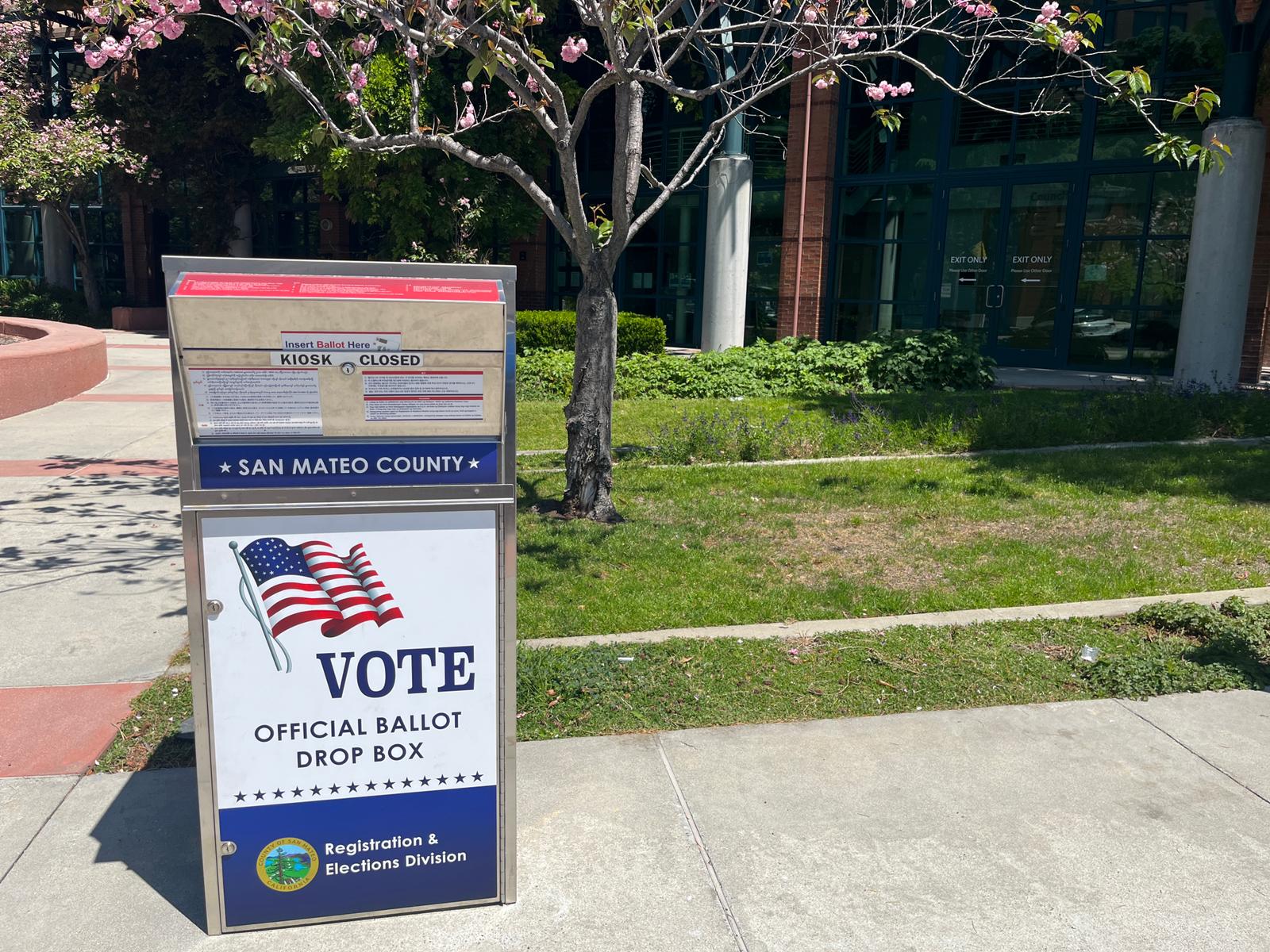Listen to this note:
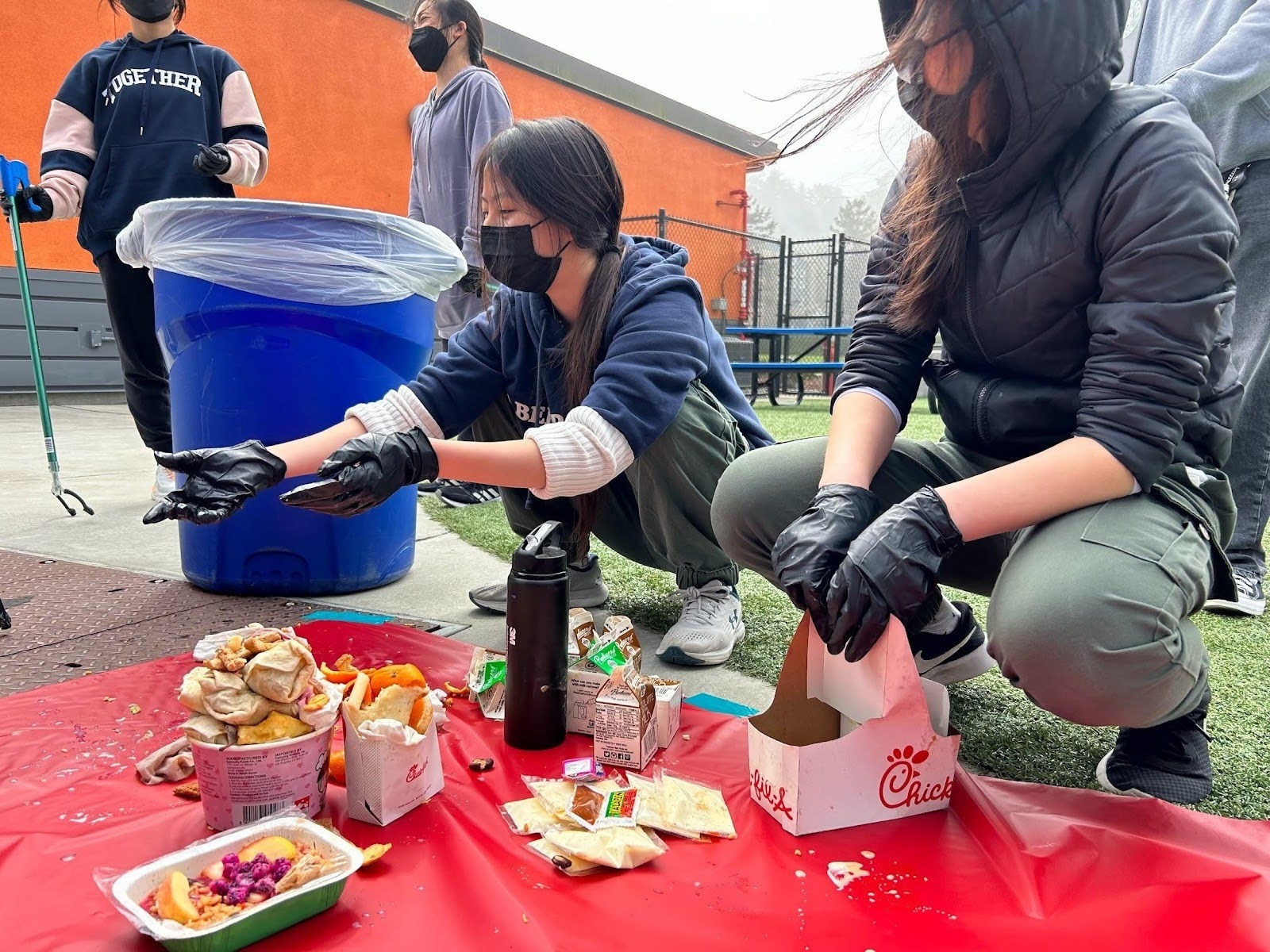
The Young Climate Ambassadors (YCA) Leadership Program, which trains San Mateo County high school students to become leaders in climate action and sustainability, is being honored with a local award celebrating innovative efforts in environmental stewardship, social equity, and economic vitality.
The first of its kind in California, YCA’s Leadership Program engages 9th-12th grade students throughout San Mateo County in a highly selective, seven-month program focusing on climate science, community action, and leadership development.
Through a combination of workshops, retreats and projects, participants gain knowledge, skills and experience to address the local and global climate crisis.
This year, the program will be honored with the San Mateo County Sustainability Award, which will be presented in April.
The award highlights the unique approach the County, Office of Education and its partners have taken to empower students in a new way of thinking about the environment and sustainability.
“YCA brings together lived experiences, cultures and ideas for climate action from across the county. Bringing young people together in the movement for a more sustainable future is one of the most important things we can do to combat climate change,” said Carolyn Bloede, director of the Department of Sustainability.
For the past five years, the Department of Sustainability (formerly the Office of Sustainability), has partnered with the San Mateo County Office of Education, Peninsula Clean Energy, the Citizens Environmental Council and Acterra to create a dynamic program to train emerging climate leaders throughout San Mateo County.
A total of 273 students have participated since its inception.
During the workshops, students engage in community-building activities and critical thinking lessons, learning about topics such as research methods, systems thinking, and environmental justice.
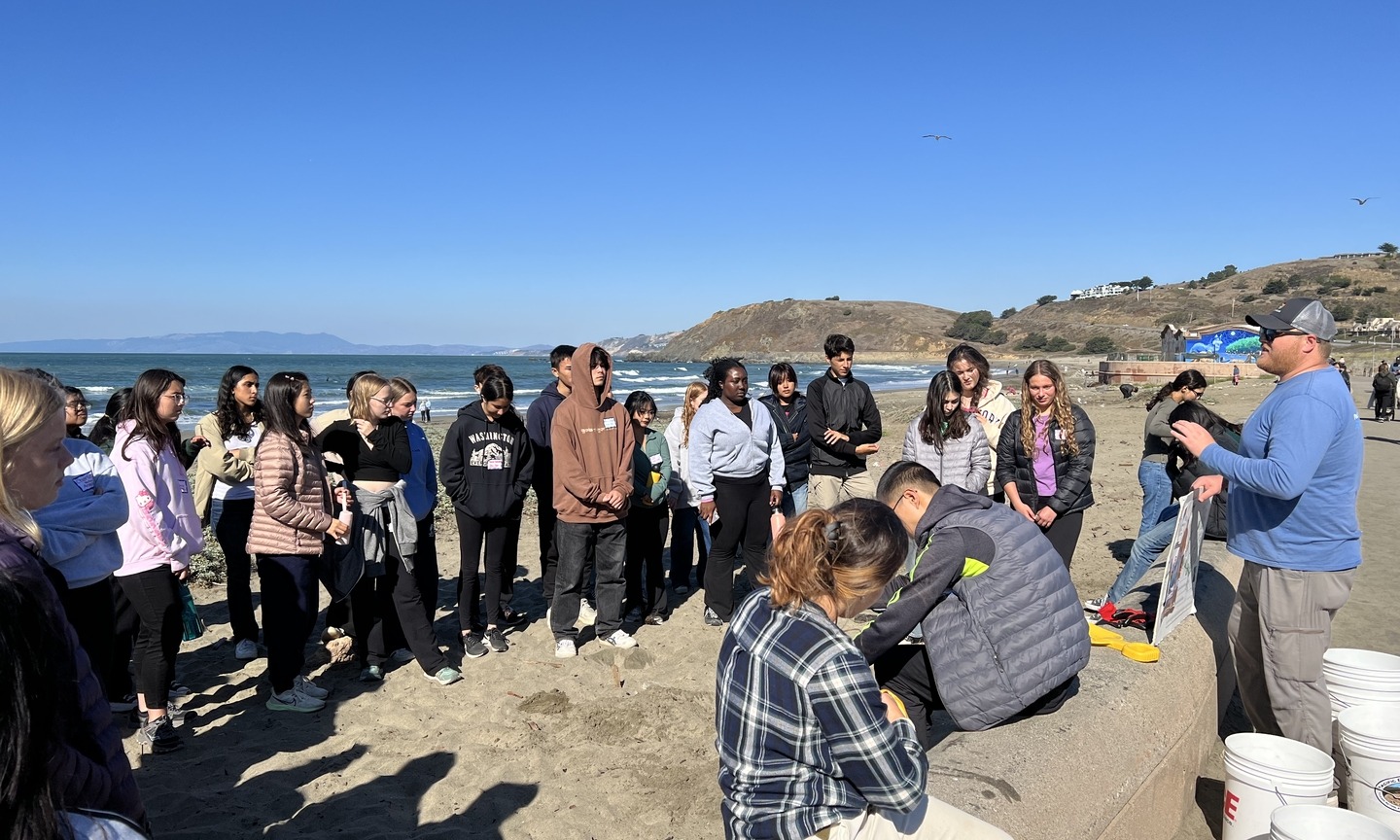
Through mentorship from YCA staff, students also develop tangible skills such as public speaking, event planning, and time management, which they then apply to projects throughout the program, such as Community Impact Projects.
Community Impact Projects are local climate action events related to a chosen theme, such as biodiversity loss or decarbonisation.
Examples of past projects include installing rain barrels at schools and hosting bike donation, renewal and distribution events in East Palo Alto.
Participants have completed 113 community impact projects.
The YCA program is being recognized for its comprehensive approach to sustainability and climate action, particularly engaging a broad range of students from across San Mateo County.
“The threats posed by climate change are at the forefront of our students’ minds,” said Nancy Magee, San Mateo County Superintendent of Schools. “The Climate Ambassador Youth Leadership Program builds students’ confidence to tackle challenging issues, benefiting them and their communities and creating the leaders our county and world need today and for the future.”
The YCA Leadership Program is currently hosting its fifth cohort with 49 students from across San Mateo County, representing over 20 local high schools.
You may be interested in: Young man steps up and helps safeguard Bay Area marine life

